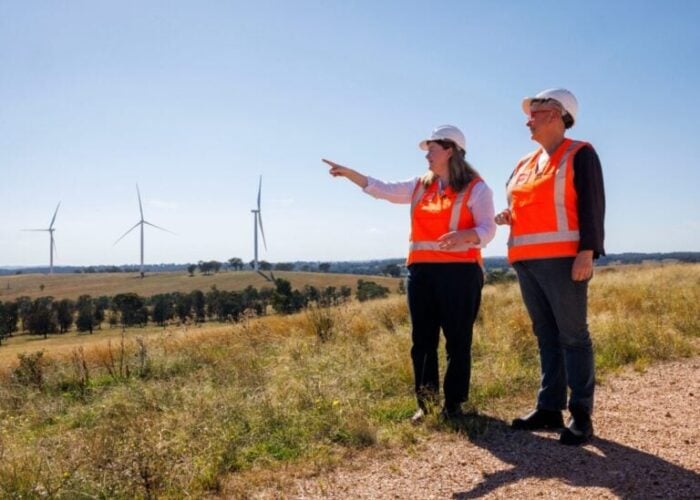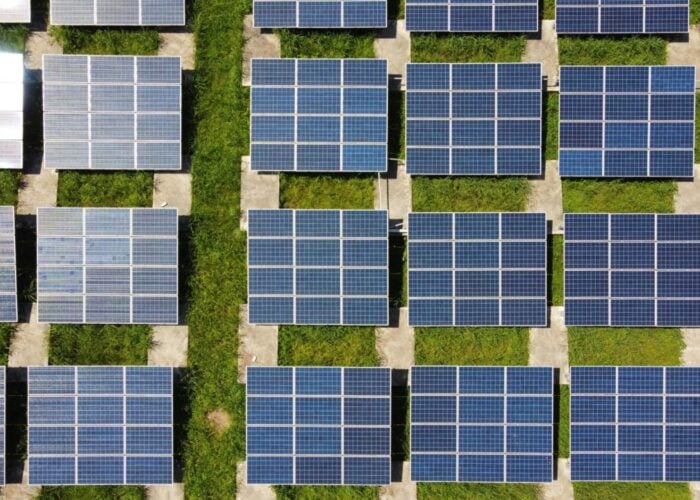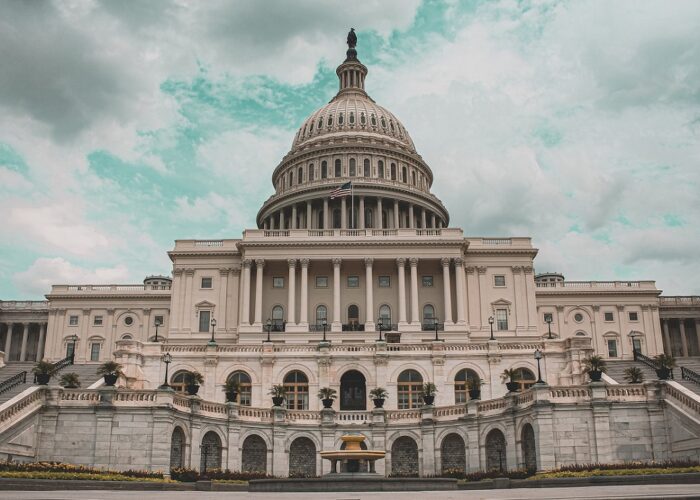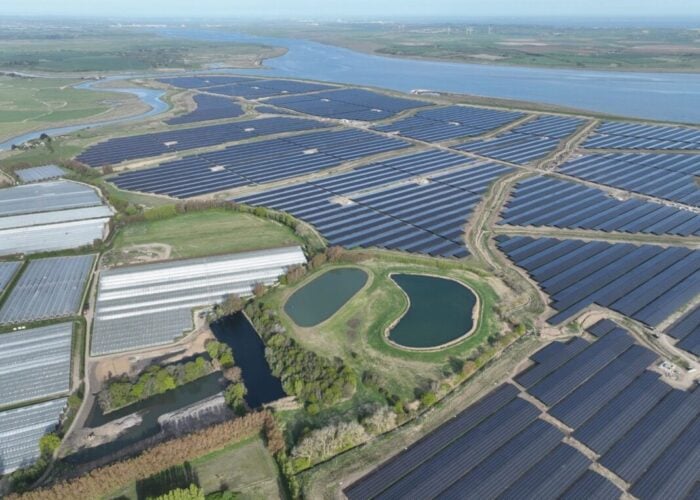The Philippines’ solar industry is already exporting to countries like the US reaching figures of US$41.5 million, up 47.3% last year. Now, almost three years in the making, following petitioning by the Renewable Energy Board (NREB), the Philippines’ Energy Regulatory Commission (ERC) has finally approved an initial feed-in tariff rate for renewable energy. The FiT for all solar installations will be 9.68 PHP (US$0.23) per kWh, regardless of the size of the system or technology used.
In the petition filed in May last year, the NREB had proposed a rate of 17.95 PHP (US$0.43) per kWh for solar. ERC executive director Francis Saturnino Juan said in response: “The ERC's lowered FiTs will definitely cushion the impact of implementing the FiT incentive mechanism under the Renewable Energy Act on the electricity rates, while still being sufficient enough to attract new investments in renewable energy. This is win-win for all.”
Unlock unlimited access for 12 whole months of distinctive global analysis
Photovoltaics International is now included.
- Regular insight and analysis of the industry’s biggest developments
- In-depth interviews with the industry’s leading figures
- Unlimited digital access to the PV Tech Power journal catalogue
- Unlimited digital access to the Photovoltaics International journal catalogue
- Access to more than 1,000 technical papers
- Discounts on Solar Media’s portfolio of events, in-person and virtual
Higher capacity factors for these plants are to be implemented into the scheme to ensure that only the more efficient plants will enjoy the FiT incentive.
The ERC will put into practice the NREB methodology for calculating the FITs taking into account, amongst others, the cost of constructing and operating the plants for each renewable energy technology, the generation output or capacity factors of these plants and the reasonable return on investment offered to the developers of these plants.
A lower equity Internal Rate of Return (EIRR) of 16.44% in calculating for the FiTs has been adopted by the ERC which was allowed a higher EIRR of 17% to account for fuel risks.
The FiT is subject to review and digression every three years or when the installation target, as set by the Department of Energy, has been reached. The government is optimistic that this will encourage developers to invest at the initial stage.







